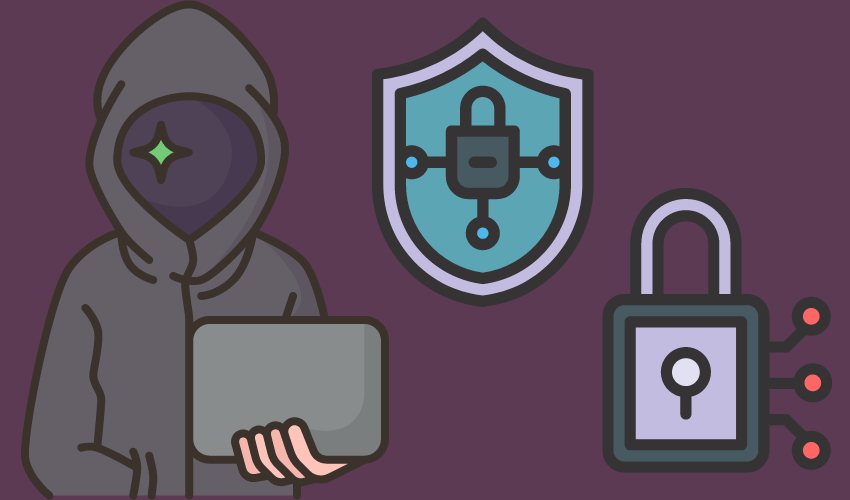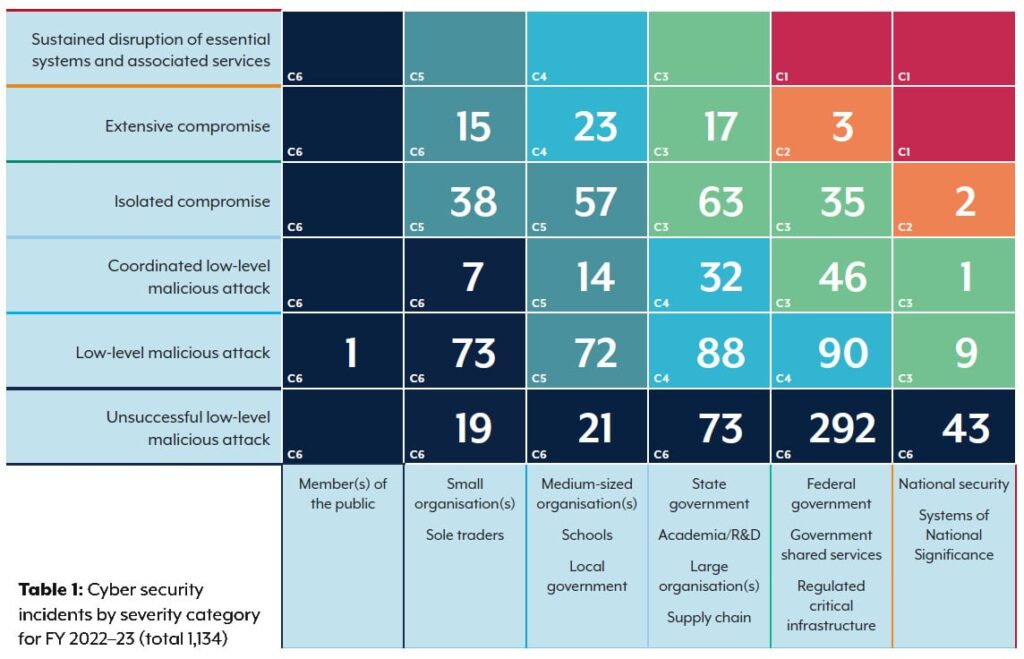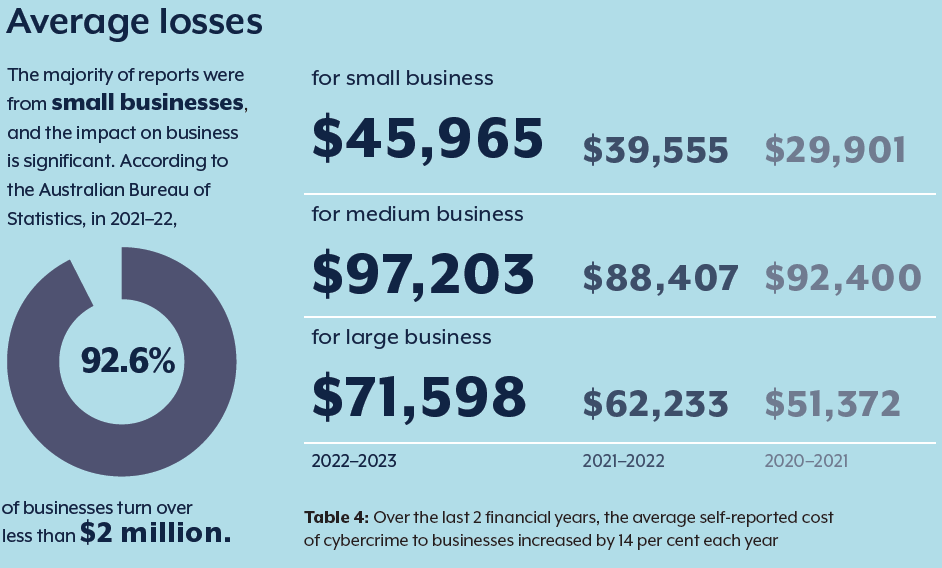The 7 Social Engineering Tactics Used to Infiltrate Business in 2024

Social engineering tactics involve psychological manipulation to deceive individuals into divulging confidential information, performing certain actions, or providing access to restricted systems or resources.
Understanding social engineering tactics is critically important for businesses because they are often used as a primary method for cybercriminals to gain unauthorized access to your sensitive information, to compromise your business systems, and perpetrate fraud.
Common Social Engineering Tactics Used by Cybercriminals
In 2024, businesses can protect themselves against hackers and cyber threats by knowing how they may be targeted. What those attacks might look like and providing their employees with training, tools and processes to guard against attacks.

1. Phishing
Phishing is perhaps the most common social engineering tactic. Many of your employees will already know about it and some may even have fallen victim to it at some point.
Phishing involves sending fraudulent communications that appear to be from legitimate sources (such as banks, government agencies, or reputable organisations). These messages often contain links to fake websites or have malicious attachments designed to steal login credentials, financial information, or install malware on the recipients device.
Phishing continues to be a popular tactic used by cybercriminals because it doesn't need much in the way of technical skill or resources. This makes it the 'gateway' tactic for amateurs that are better at manipulation (psychological and behavioural) than programming.
Phishing attackers continuously evolve their tactics to bypass security measures by exploiting emerging trends and vulnerabilities. They often adapt their strategies to capitalize on current events (such as global crises, holidays, or major news events). Which makes their phishing attempts more relevant and convincing to your employees.
Anonymity emboldens these cybercriminals; hiding their identity and location behind proxy servers or anonymizing technologies. That makes it common for a single phishing attack to reach huge numbers of people simultaneously and use more communications channels. Not just SMS texts and email, but now through social media platforms.
2. Pretexting
Pretexting involves creating a fabricated scenario (or pretext) to gain the trust of your employees.
The cybercriminal may impersonate a trusted individual or authority figure, such as a government official, to solicit sensitive information. For example, an attacker might pose as a colleague requesting login credentials to troubleshoot an issue or as a vendor requiring account verification.
Pretexting has become a little more sophisticated these days. Pretext attackers have been known to pose as job applicants, service technicians or consultants to conduct extensive research on a business. They build rapport during interactions with HR and other personnel. Then persuade employees to disclose sensitive information and willingly provide access to internal systems.
Fake contests, surveys, interview requests, exhibition invitations, guest speaking offers and other special offers designed to pique employees' interest are some of the many scenarios used by hackers to trick your staff.
3. Baiting
Baiting relies on the allure of something desirable to entice victims into taking action. Attackers may offer enticing incentives, such as an overseas job, investment opportunities, or expensive gifts, in exchange for login credentials. Once the employee takes the bait, they unwittingly compromise all security, including their own.
It's vital that you understand how confident your employees feel about their ability to detect baiting; so that you can help them to help protect your business.
In its hardest to detect form (the free account set-up to access an app that promotes being helpful for employee work tasks), it's your ability to provide a process that vets risks quickly that's essential. To keeping your business safe and employees happily productive.
4. Tailgating/Piggybacking
A physical tactic, tailgating involves an unauthorized individual following closely behind an authorized person to gain access to a restricted area or building. A technique popularised by Hollywood spy movies.
Tailgating exploits the natural tendency of well mannered people to hold doors open for others without verifying their identity. Once inside, the attacker may attempt to steal sensitive information or plant malware-infected devices.
To defend against tailgating employers need to educate employees about the risks associated with tailgating and piggybacking exploits. Providing training on how to recognize and respond to unauthorized individuals attempting to gain entry to secure areas. Including how to keep themselves safe should they find themselves in a situation where they are tailgated. Knowing what actions need to be taken and by whom to monitor the attackers movements.
By introducing a process that encourages employees to be vigilant and report any suspicious behaviour or security concerns, your business can avoid the worst of what the piggybacker wants to achieve.
5. Quid Pro Quo
Quid pro quo involves offering a service or benefit in exchange for sensitive information or access.
The most common type of quid pro quo attack is the technical support scam - a person posing as an IT support officer requests remote desktop access to your employees computer.
It is common for the hacker to request login credentials for installing "software upgrades". However, once access is granted, the attacker can exploit vulnerabilities, install malware, steal sensitive information or compromise larger operational system's.

6. Scareware
Scareware tactics involve creating fear to manipulate people into taking immediate ill-considered action.
Attackers often use malware to create alarming pop-up messages, or fake security alerts, claiming that the employee's computer is infected (or that their accounts have been compromised). The person is then directed to call a fraudulent support hotline (or download malicious software) under the guise of resolving the issue.
One tactic that is on the rise, is the use of a simulated emergency using urgent notifications. This creates a sense of confusion, urgency and fear. Which may be followed up with some form of blackmail, forcing the employee to bypass security protocols. This also increases that person's susceptibility to further social engineering attacks.
Scareware can often be used as part of ransomware attacks. Creating an environment of fear and anxiety to pressure business decision-makers into making risky decisions or to comply with financial demands.
7. Impersonation
Impersonation tactics involve assuming the identity of a trusted individual or authority figure to deceive employees. It is a tactic used mainly in large businesses, where employees in one division or local office are less likely to know others in other parts of the business.
Attackers may impersonate company executives, IT administrators, or law enforcement officials to coerce employees into complying with their demands. This tactic is usually used in conjunction with other social engineering techniques to gain access to sensitive information or resources.
Training Against Social Engineering Tactics
Knowing about social engineering tactics is crucial for businesses to safeguard sensitive information, prevent data breaches, mitigate financial losses, protect brand reputation, comply with regulations, defend against cyber threats, and promote employee awareness and vigilance.
By investing in employee training and implementing robust security measures, businesses can strengthen their defences against social engineering attacks and enhance overall cybersecurity resilience for their business.
Begin your employee training journey with resources from the Australian Digital Health website, then consider your options for bringing in experts and systems for training your staff. TechBrain, Safetrac, Phished, WorkBytes, BDO Australia, Grant Thornton, Australian Cloud, SME Security and many more.
Australian Cyber Security Hotline is contactable 24 hours a day, 7 days a week, via 1300 CYBER1 (1300 292 371).

